Asia

Asia
- 3462
- 78
- 24
Calisthenics in Asia
Calisthenics, a form of bodyweight training where one primarily uses their own body weight for resistance, has gained significant traction globally in recent years, and Asia is no exception. The rising enthusiasm for calisthenics in Asia can be seen through the increasing number of parks, community groups, and competitions in the region.
History
While calisthenics in its modern form is a relatively new movement, bodyweight exercises have a long-standing tradition in Asia. Historical practices like the Chinese "Daoyin", a precursor to modern-day Qigong, and Indian Yoga are examples of bodyweight exercises practiced in Asia for centuries.
Growing Popularity
In recent years, the modern calisthenics movement has substantially taken off in Asian countries like Japan, South Korea, China, and the Philippines. Fitness parks equipped with bars and other amenities for calisthenics exercises are springing up across many cities. The movement has also gained support from local authorities recognizing the benefits of fitness and community.
Community and Competitions
Many Asian countries now boast strong calisthenics communities. These communities organize regular meet-ups, workshops, and competitions. The camaraderie aspect of these communities is crucial, providing support and motivation for both beginners and advanced practitioners.
Competitions, often in the form of "Street Workout Battles," offer athletes an opportunity to showcase their skills and compete against their peers. These events often draw large crowds and promote the growth of the calisthenics culture in the region.
Challenges and Future
Despite its growing popularity, calisthenics in Asia also faces challenges. Cultural perceptions of fitness and body image can vary, and not everyone views calisthenics as the ideal form of training. However, acceptance is growing as more individuals recognize the benefits of this kind of training.
In conclusion, calisthenics in Asia is on the rise, with a growing community of enthusiasts and an infrastructure supporting this form of exercise. The movement is expected to continue growing in the coming years as more individuals recognize and appreciate the benefits of training with their body weight.
Calisthenics, a form of bodyweight training where one primarily uses their own body weight for resistance, has gained significant traction globally in recent years, and Asia is no exception. The rising enthusiasm for calisthenics in Asia can be seen through the increasing number of parks, community groups, and competitions in the region.
History
While calisthenics in its modern form is a relatively new movement, bodyweight exercises have a long-standing tradition in Asia. Historical practices like the Chinese "Daoyin", a precursor to modern-day Qigong, and Indian Yoga are examples of bodyweight exercises practiced in Asia for centuries.
Growing Popularity
In recent years, the modern calisthenics movement has substantially taken off in Asian countries like Japan, South Korea, China, and the Philippines. Fitness parks equipped with bars and other amenities for calisthenics exercises are springing up across many cities. The movement has also gained support from local authorities recognizing the benefits of fitness and community.
Community and Competitions
Many Asian countries now boast strong calisthenics communities. These communities organize regular meet-ups, workshops, and competitions. The camaraderie aspect of these communities is crucial, providing support and motivation for both beginners and advanced practitioners.
Competitions, often in the form of "Street Workout Battles," offer athletes an opportunity to showcase their skills and compete against their peers. These events often draw large crowds and promote the growth of the calisthenics culture in the region.
Challenges and Future
Despite its growing popularity, calisthenics in Asia also faces challenges. Cultural perceptions of fitness and body image can vary, and not everyone views calisthenics as the ideal form of training. However, acceptance is growing as more individuals recognize the benefits of this kind of training.
In conclusion, calisthenics in Asia is on the rise, with a growing community of enthusiasts and an infrastructure supporting this form of exercise. The movement is expected to continue growing in the coming years as more individuals recognize and appreciate the benefits of training with their body weight.
Upcoming events
Past events View all
8 local guides
37 spots
Recommended products
All prices including the legally determined sales tax, plus shipping charges. Errors and omissions excepted.






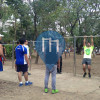


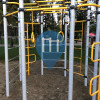

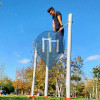
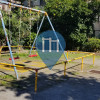

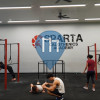
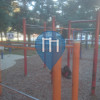

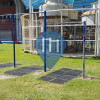

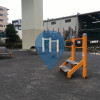



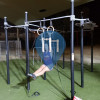


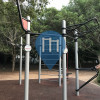
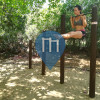

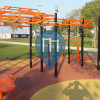






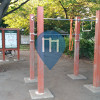
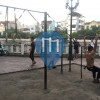



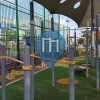


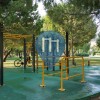







0 Comments